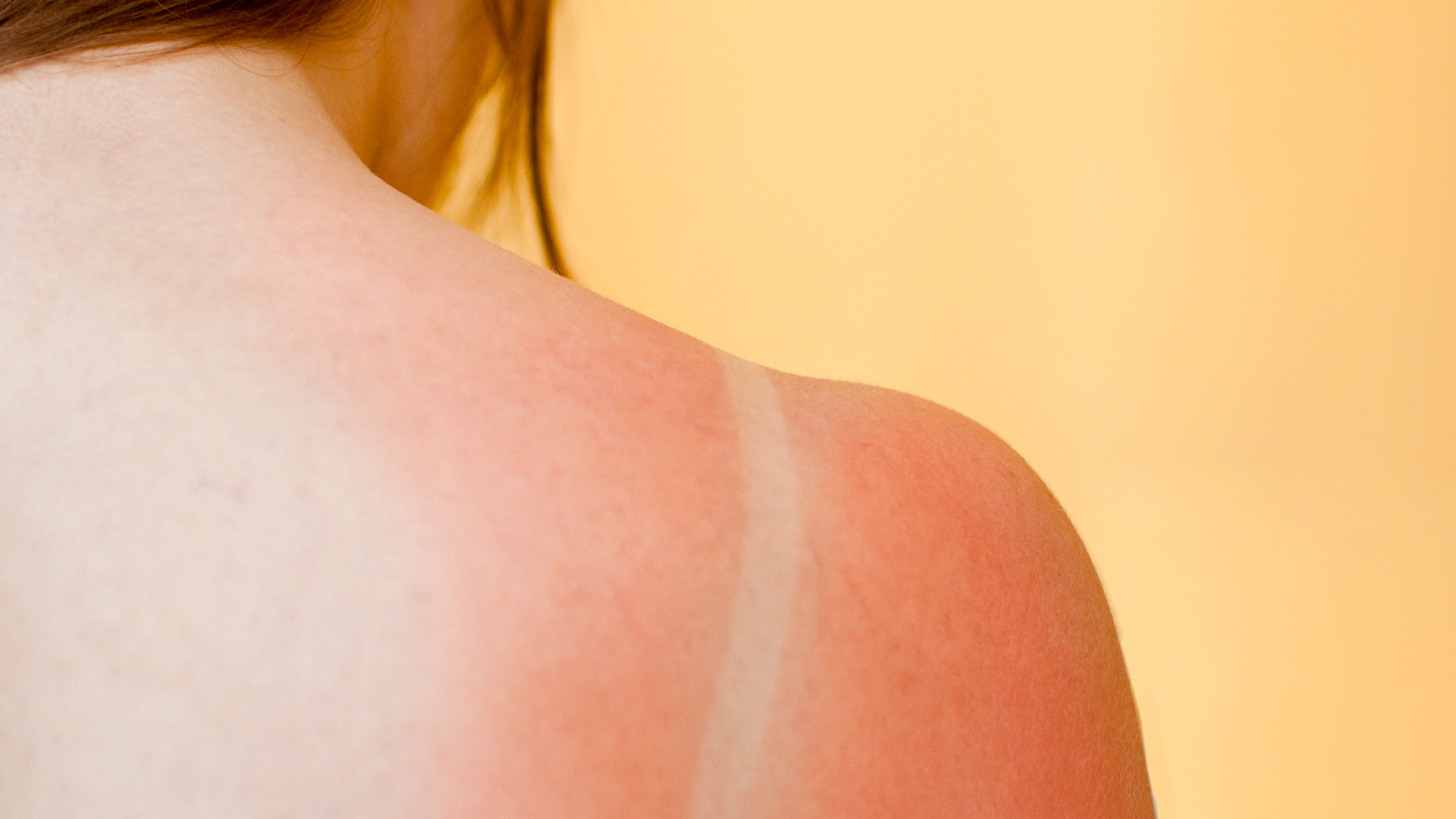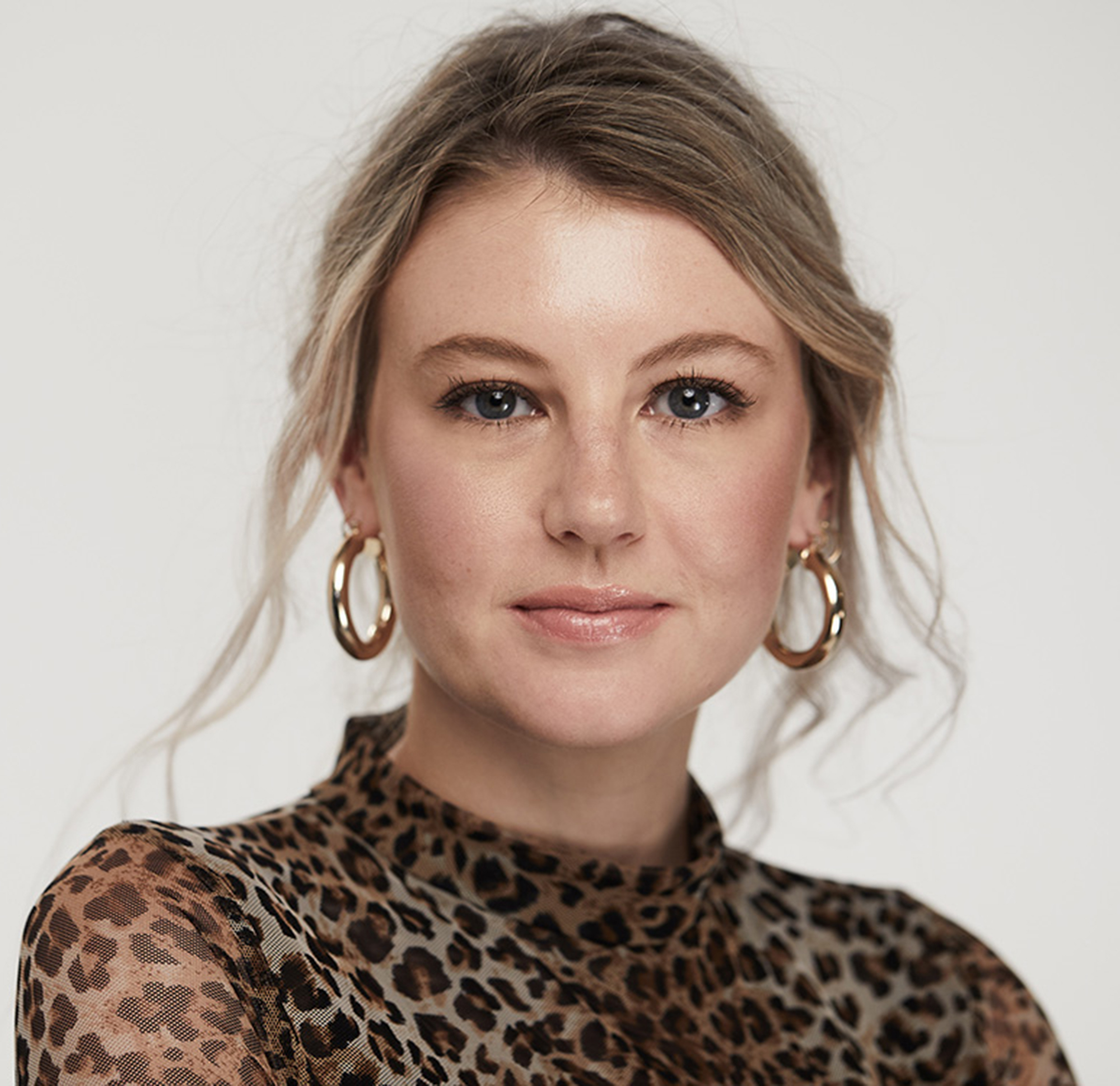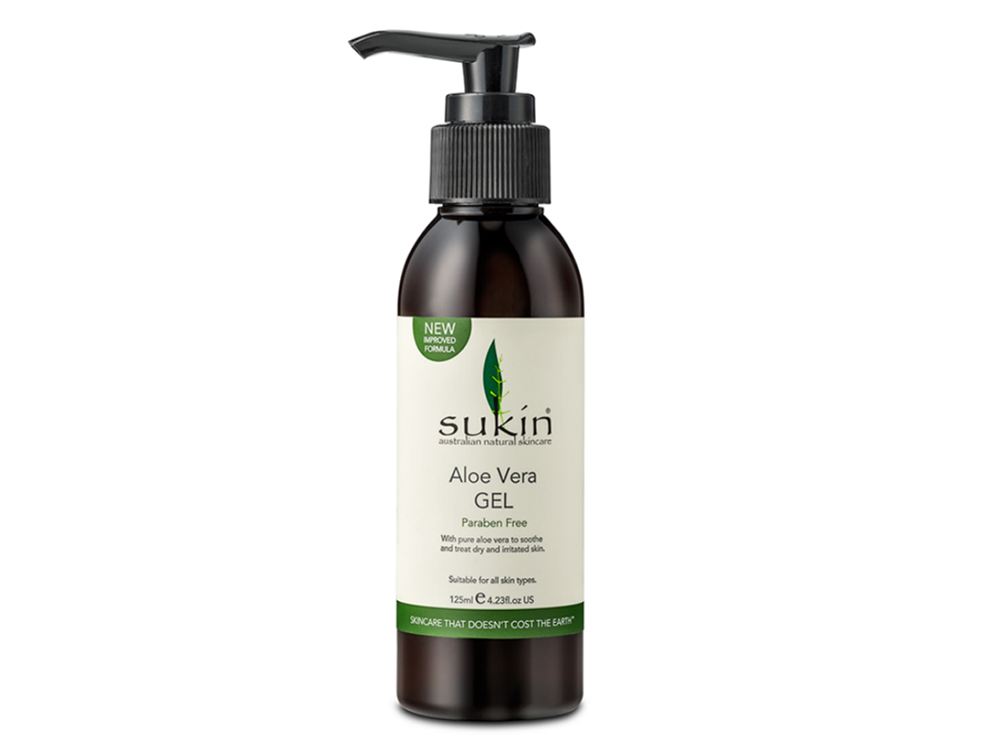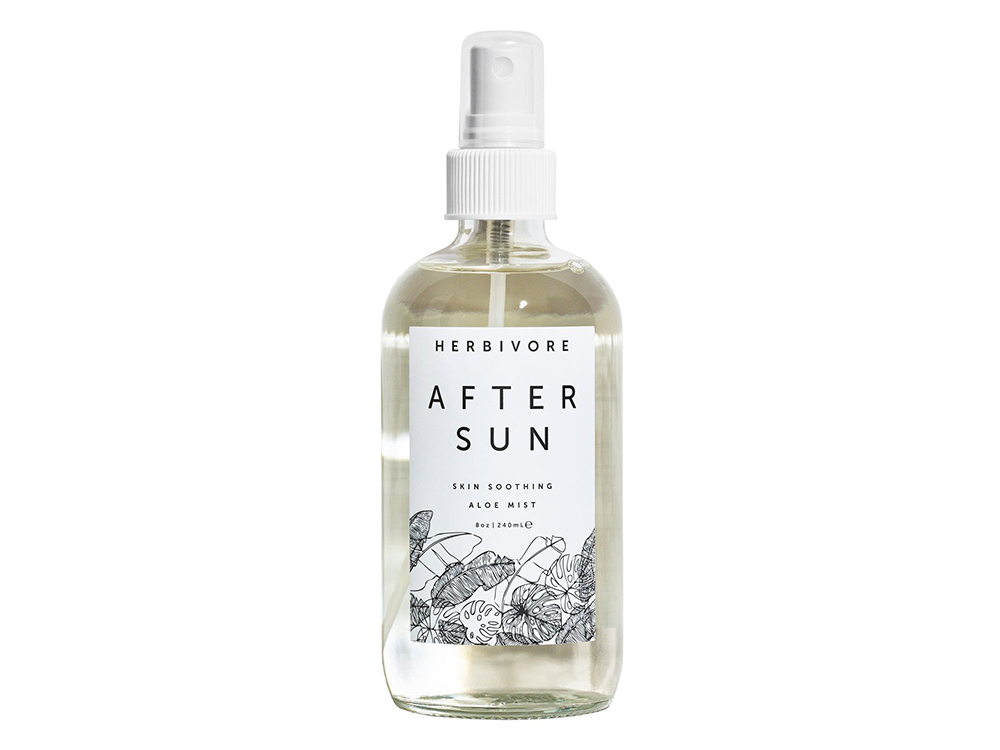Sunburn: how to avoid and treat it for the smarter way to tan
When the sun manages to get the better of you...


When the sun manages to get the better of you...
Sunburn is officially the worst. Not only does it hurt like hell (warm showers are certainly out of the question), but it looks bloody unsightly.
Nothing ruins a beautiful outfit quite like roaring red shoulders and unsightly tan lines. Whilst the best aftersun will help soothe and calm the inflammation and try to prevent peeling, it isn't going to get rid of the burn, nor solve it overnight.
Here are some steps you can take straight away to ease the pain...
How to treat sunburn
Step 1: Get out of the sun straight away. Find a nice shady spot or even go inside.
Step 2: Cool down your skin. Either have a cold shower (but don't put it on full blast, keep the pressure low), a cool bath or dampen a towel with cold water and drape it over the area. When drying off, be sure not to drag your towel across your skin, gently pat the area dry. Then apply your after sun. Aloe Vera also does wonders at soothing painful skin, so as well as your aftersun, stock up on some that as well. We like the below.
Sukin Aloe Vera Gel, £7.95 Look Fantastic

Buy Now
Herbivore After Sun Soothing Aloe Mist, £18 Cult Beauty

Buy Now
Step 3: Keep hydrated and drink plenty of water.
Marie Claire Newsletter
Celebrity news, beauty, fashion advice, and fascinating features, delivered straight to your inbox!
Step 4: If you're in severe pain, take paracetamol and ibuprofen to take down some of the inflammation.
Step 5: Keep the affected area completely covered until it starts to feel better, but avoid wearing anything too tight and constricting.
Sunburn myths
If you burn regularly, it might be that you're falling foul to the sunburn myths that are damaging your skin. Here we debunk them with the help of Dr Daniel Glass from The Dermatology Clinic London.
MYTH: You won’t burn in the shade
FACT: 'A common error that many make is believing that they cannot burn in the shade, so resort to lying under an umbrella or tree when they need a ‘break’ from the sun. However, this is far from the truth as you can burn even when under a shade, due to UV radiation reflected off nearby surfaces. It is important to understand that it is not necessarily the visible sunlight that damages your skin, but the UV radiation. Even though we cannot see or feel them, UV radiation reflect off benign surfaces like sand, water, and even snow, which means that you can still get sunburnt even in the shade.
For this reason, it is always important to ensure you are well protected from the sun with the best sun cream, even when in the shade.'
MYTH: The odd sunburn won’t hurt
FACT: 'Getting sunburnt doesn't mean you will definitely develop skin cancer, but getting sunburn especially when you are young massively increases the risk of skin cancer. For example recent research based on almost 100,000 people showed that one sunburn between the age of 15 and 25 increased the risk of melanoma skin cancer by over 50% and 4 episodes of sunburn more than doubles your risk of developing melanoma. For this reason, it’s a good idea to think very carefully about taking extra measures to protect your skin, especially if you have been sunburnt in the past.'
MYTH: You can’t burn when it’s cloudy
FACT: 'Not only can you burn when it’s cloudy – you might get an even worse sunburn, as it is unlikely you will realise how powerful the UV rays are. People are often a lot more relaxed about sun cream application when the weather is overcast, and the clouds are more prominent than the sun, but what they fail to realise is that 80% of the sun’s rays can pass through clouds, according to the Skin Cancer Foundation.That's why it's important that apply your sun cream every 2 hours or after swimming and sport, even on cloudier days.'
MYTH: If you have dark skin, you don’t need sun cream
FACT: 'Make no mistake, whether you have dark or pale skin, your skin can get damaged from the sun and you’re putting yourself at risk of skin cancer. Although less common than in caucasian skin, melanoma can occur in black or Asian skin. A naturally high level of the pigment melanin does of course add some protection from the sun, but it does not mean that sun burn cannot happen, especially with excessive exposure.'
MYTH: If you wear a high factor sun cream you do not need to reapply frequently
FACT: 'No sun cream is 100% effective, even those which claim to give you an all-day protection, so you should make sure you re apply frequently and stay out of the sun during the hottest times of the day. Spending hours baking in the sun is not good for your skin, even if you apply a high protection sun cream as the cream will only delay not prevent DNA damage in your skin. When selecting a sun cream, make sure you are using the right one for your skin type which has both UVA and UVB protection.'
Katie Thomas is the Senior Beauty Editor at Marie Claire UK. With over 10 years of experience on women's luxury lifestyle titles, she covers everything from the best beauty looks from the red carpet and stand out trends from the catwalk, to colonic irrigation and to the best mascaras on the market. She started her career on fashion desks across the industry - from The Telegraph to Brides - but found her calling in the Tatler beauty department. From there she moved to Instyle, before joining the Marie Claire digital team in 2018. She’s made it her own personal mission to find the best concealer in the world to cover her tenacious dark circles. She’s obsessed with skincare that makes her skin bouncy and glowy, low-maintenance hair that doesn’t require brushing and a cracking good manicure. Oh and she wears more jewellery than the Queen.